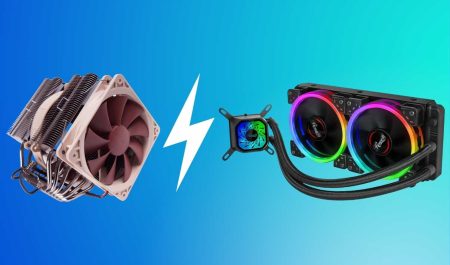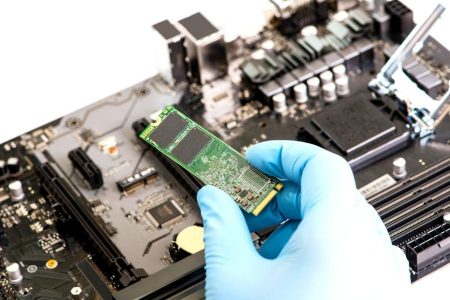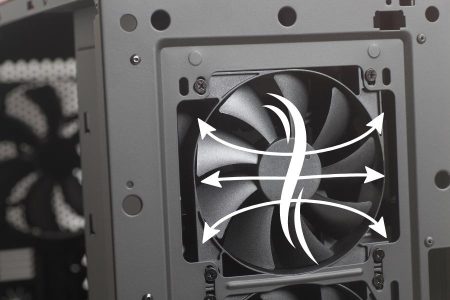A Thermal paste is a viscous material known by many names like thermal grease or thermal compound, that we, PC builders used to apply to our CPU before closing a heatsink and also on GPUs when they lose efficiency. The reason is, that CPU and GPU surface generates a lot of heat and this component helps with cooling. This improves the heat transfer between a cooling system such can be a heat sink with a fan or a water block with a radiator.
When your gaming PC running hot, the thermal compound may be the solution for you. You can use a new one or re-apply the old thermal paste on the CPU die and it will ensure your system run cool and efficiently as it should. But what does thermal paste do? How does it keep the system cool? To learn more keep reading.
What Does Thermal Paste Do?
In our PCs, we use thermal paste (silvery-gray substance) to ready our processor before installing a cooling solution. It is used to fill the air gaps between the heat sink and CPU and allows for the efficient transfer of heat from the processor’s IHS to the base plate of the cooler. This way a water block of the CPU cooler rest firmly in contact with a CPU surface (IHS) that is designed to dissipate heat to an appropriate cooling system.
To evaluate details of thermal paste purpose and what it does for our PC, as well as why it is required, we defined everything with specific groups for your convenience.
Portfolio: What Is Thermal Paste and Why Do I Need It?
Thermal paste is a heat conductive greasy or silvery material that is applied between the heat sink and processor (IHS) to help with cooling and keep your processor cool. Mostly it comes pre-installed on GPU and CPU coolers for necessary heat conductivity, but when it is not, PC builders have to apply it by themselves, and when it is applied correctly it can help to improve the cooling process and make the computer run more smoothly with efficient cooling.
Requirement: Purpose And Usage
When installing any cooling solution such range from simple CPU coolers to waterblock coolers. You will need a thermal transfer material that can withstand high heat conductivity and continuously transfer heat from one part of the PC to another for cooling systems, which can be either your GPU silicon or commonly your processor and your cooling solution.
Course: What Operation Does A Thermal Paste Serve?
The thermal paste helps to fill any small air gaps between the component and the heat sink, which reduces the amount of thermal resistance and improves heat transfer. Thermal paste also helps to evenly distribute the pressure between the component and the heat sink, which further improves heat transfer.
Even though our heat sinks and processors IHS: (Integrated Heat Spreader, which is the metallic surface found on processors and graphics chips that makes contact with a heatsink or other thermal solution.) Although they appear smooth to the naked eye, they have an imperfect surface designed to hold thermal paste for heat transfer work between the cooling solution. As a result, the efficiency of heat transfer from the heat sink to the component is improved for the cooling system.
What Is Thermal Paste Made Of? (Material Compositions)

Some of the most common materials used in thermal pastes include metal oxides (such as aluminum oxide and zinc oxide), silicon compounds (such as silicon dioxide and silicon nitride), and various organic compounds (including carbon black and polytetrafluoroethylene). Each material has its own advantages and disadvantages, so it is important to select the right one for each individual application.
Usually, most thermal pastes consist of a silicon compound, such as silicon dioxide (SiO2), and metal particles. The metal particles help to create a better contact between the surfaces, and the SiO2 helps to fill in any gaps. By improving the heat transfer, thermal paste allows components to run cooler and more efficiently.
How Many Different Material Thermal Pastes Are There?
During my research, I discovered six different types of thermal pastes, each with its own set of advantages and disadvantages. This classification is based on thermal conductivity, electric conductivity, density, and durability with long-term performance. One tip I want to share before going to types; avoid low heat conductivity thermal compounds because they do not improve system performance, compared to high heat conductivity thermal compounds.
Six Types Of Thermal Pastes
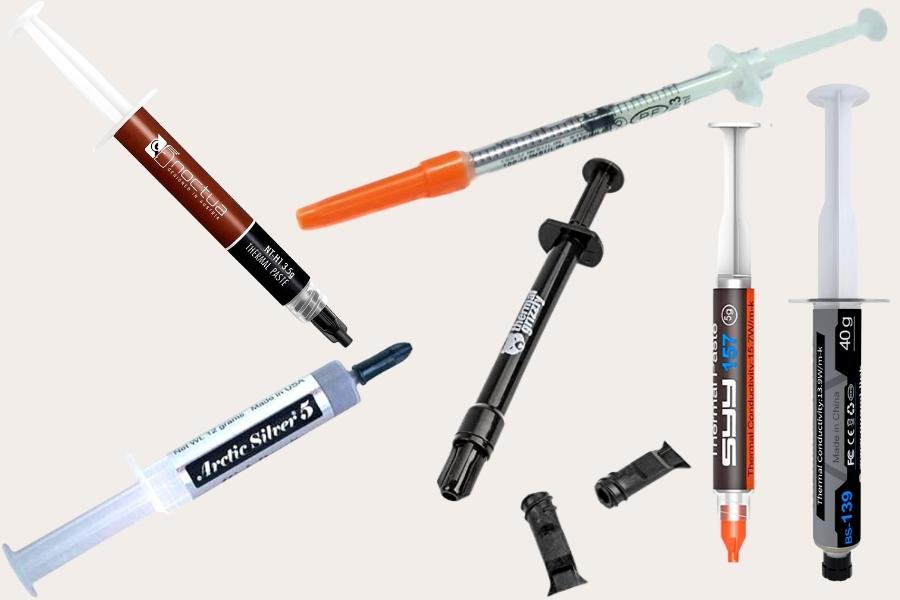
I’ve listed each specific material thermal pastes here so you can learn about the composition of the material and its efficacy.
1. Silicon-based Thermal Pastes
The silicon-based thermal pastes are the most adaptable to CPUs and VGA cards (GPUs). They have a ‘Silicon’ base component, which allows them to spread evenly and without leaking on other components. The contributing factor to this type of thermal grease is being highly thermal conductive which makes them suitable for good heat transfer.
2. Metal-based Thermal Paste
The most common and efficient type of thermal paste is a metal-based paste. They are popular type than silicon-based ones and are more effective at transferring heat by containing silver, aluminum, and titanium as these metals are outstanding conductors of heat. But they can spoil PCB on accidental contact, which is a drawback.
3. Ceramic-based Thermal Pastes
The Ceramic-based thermal compound is a popular paste for not being electrically conductive, which we can not expect normally, makes them safe even if spilled one or two drops on the motherboard PCB. This is why ceramic-based thermal pastes are reliable for noob PC builders.
4. Liquid Metal-based Thermal Paste
My favorite (Liquid Metal-based Thermal Paste) is eight times more heat conductive than standard thermal paste. This allows them to reduce much higher temperatures from an overheating system in less time. This is the quality that is suitable for gaming hardware. Being an excellent heat conductor, they slightly differ from other pasts in that they primarily contain gallium as a super ingredient, which is a metal with a low melting point that remains liquid at room temperature.
5. Diamond Carbon-based Thermal Pastes
The Diamond carbon-based thermal paste contains diamond powder and it is the are type of thermal grease. This type of paste has non-capacitive and electrically insulative properties. These characteristics influence their heat transfer rate, which is five times that of silver (extremely effective).
6. Carbon-based Thermal Pastes
The carbon-based thermal pastes are easier to apply because they have a high density, similar to thick Nutella. These types of thermal compounds contain tiny carbon fibers that conduct heat rapidly. And quality past typically provides this option for long life, which also has another reason for not being highly electrically conductive.
Is Thermal Paste Necessary For CPU?
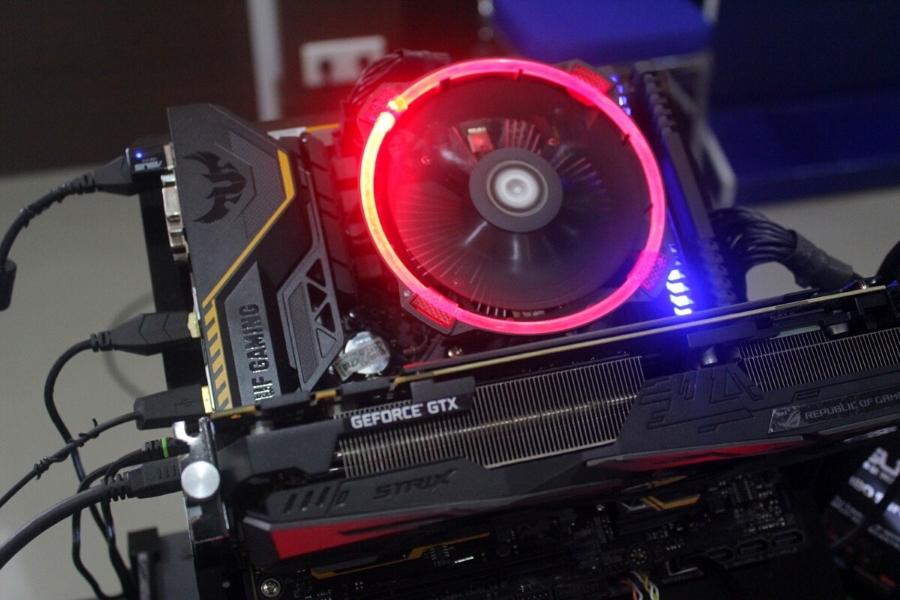
Thermal paste, also known as thermal grease or thermal compound, is a viscous material that is applied to the interface between the CPU and heatsink to improve heat transfer. This is what most folks know, however, what makes it the most important part of PC building is its properties.
When used in conjunction with a high-performance cooler, a thermal paste can help reduce the CPU’s operating temperature to 1-10 degrees Celsius. Without it, your CPU cooler will fail to effectively transfer heat from your CPU (IHS) and will overheat, potentially destroying your entire system:
This property of thermal paste makes it a necessary substance that we referred to as an important part of PC build that most people overlook at startups, but professional PC builders and even seasonal PC builders understand the importance of high-performance thermal paste and keep it in mind when building a new system.
If your CPU already has a heatsink and fan attached, or if you are using an aftermarket cooler that already includes thermal paste, then you do not need to add any more. However, if you are using the stock heatsink and fan that came with your CPU, it is a good idea to apply a thin layer of thermal paste. This will help improve heat transfer and keep your CPU cooler.
What Thermal Paste Should I Use?
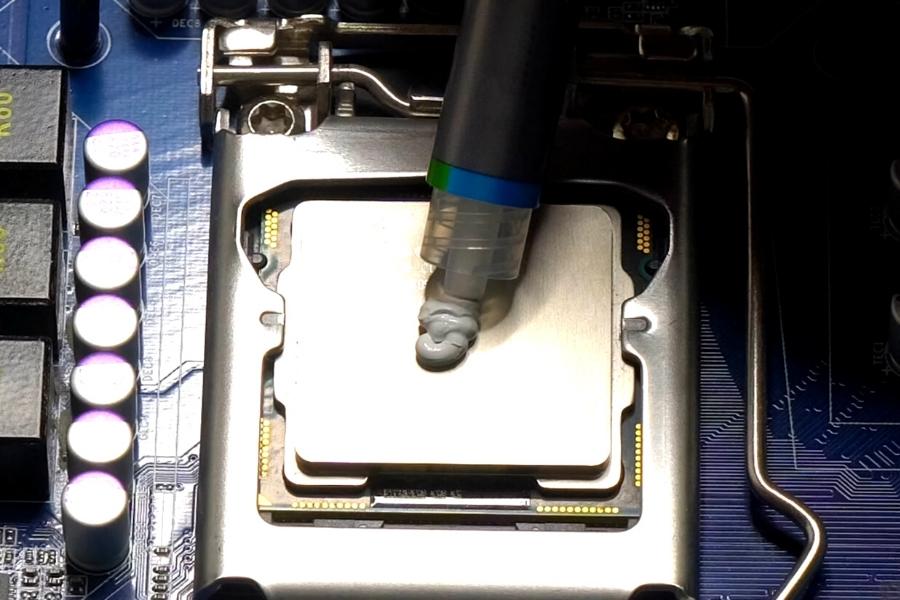
Thermal pastes are made from a wide variety of materials, each with its own unique set of benefits and drawbacks. In general, the goal when selecting a thermal paste is to find one that best balances the needs of the specific application.
The type of thermal paste that you should use depends on the type of CPU and the cooler that you are using. If you are using a stock cooler that came with your CPU, then you should use the thermal paste that came with your CPU. If you are using a third-party cooler, then you should check the specifications to see what type of thermal paste is recommended; highly conductive or simple.
To my liking, I prefer to use Arctic Silver AS5, while also prefer Thermal Grizzly Kryonaut Extreme for its unique liquid metal properties. Both of these pastes are excellent choices in my experience, but they are a bit more expensive than some of the other types. If you’re looking for a cheaper alternative, then I would recommend using Noctua NT-H1 or CoolerCube Silicon 500.
What Thermal Paste Should I Use For GPU?
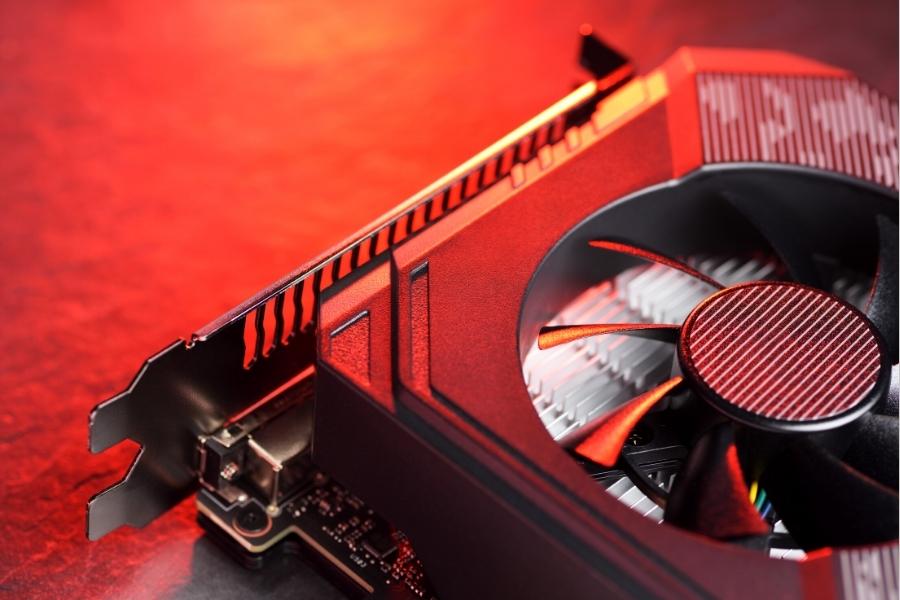
When it comes to choosing thermal paste for your GPU, there are a few things you need to consider. The most important factor is the type of metal used in the cooler and heatsink of your card. Most modern cards use copper, aluminum, or nickel as their main cooling metals. You will need to find a thermal paste that is specifically formulated for the metal of your cooler.
Another thing to consider is the thickness of the paste. Some pastes are very thick and require a lot of effort to spread evenly. Others are much thinner and can be applied more easily. The thicker pastes usually have better heat transfer properties and are evenly spread on the large GPU die, but make sure to apply correctly. However, the brand choice comes down to personal preference.
Is Thermal Paste Different For CPU And GPU?

Technically, there is no difference between thermal paste for CPUs and GPUs. However, some may find that they need to use more or less paste when cooling a GPU. This is because GPUs tend to produce more heat than CPUs and have large dies than most CPUs.
When going to applying thermal paste, it’s important to make sure that it’s spread evenly across the surface. I prefer thicker paste for graphics cards (VGA cards) over processors. But make sure you don’t want any large clumps, as this will reduce its effectiveness. A good way to apply thermal paste is to use a syringe or an applicator tool, such as a thermal paste spreader.
How Long Does Thermal Paste Last?
A normal quality thermal paste usually lasts around 3-5 years, but some high-end material thermal pastes have proven to last up to 10 years. If you are experiencing problems with your computer’s temperature, or if you just want to make sure it is running as efficiently as possible, the thermal paste may be a good option to take into consideration with your next PC upgrades.


